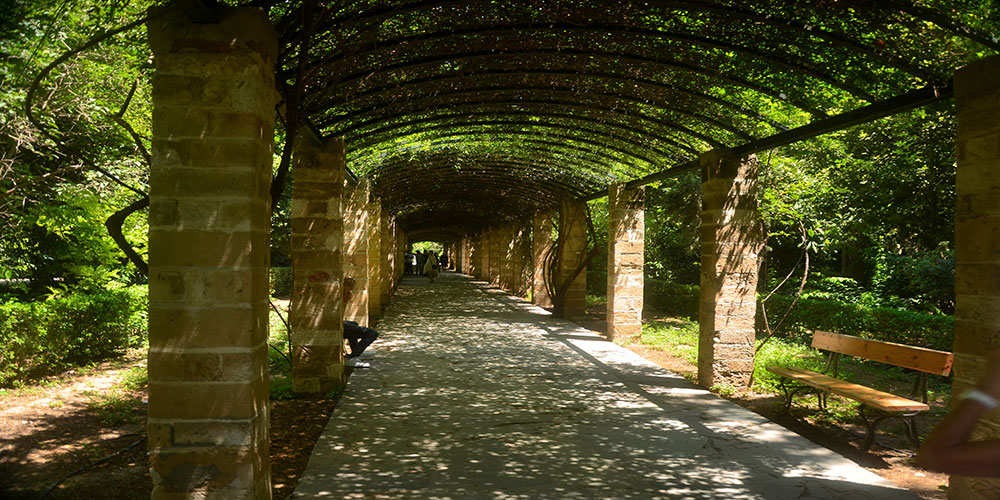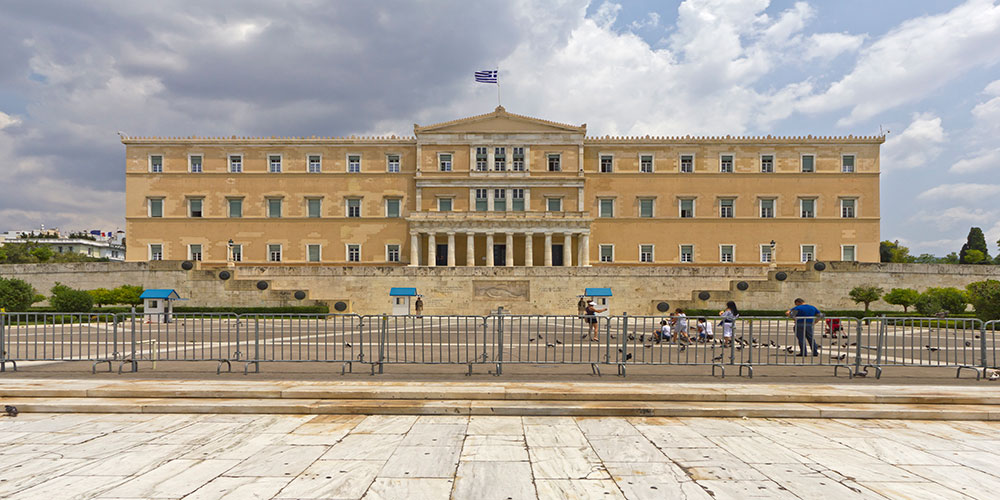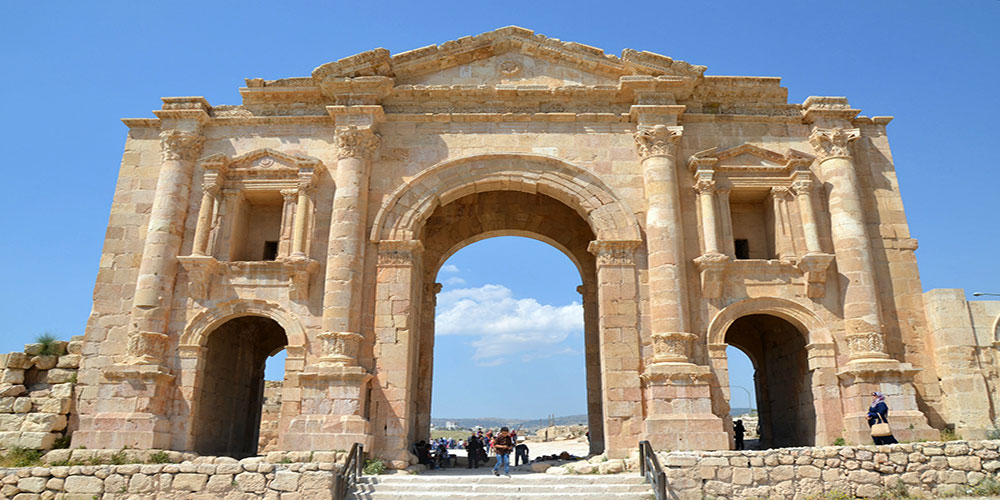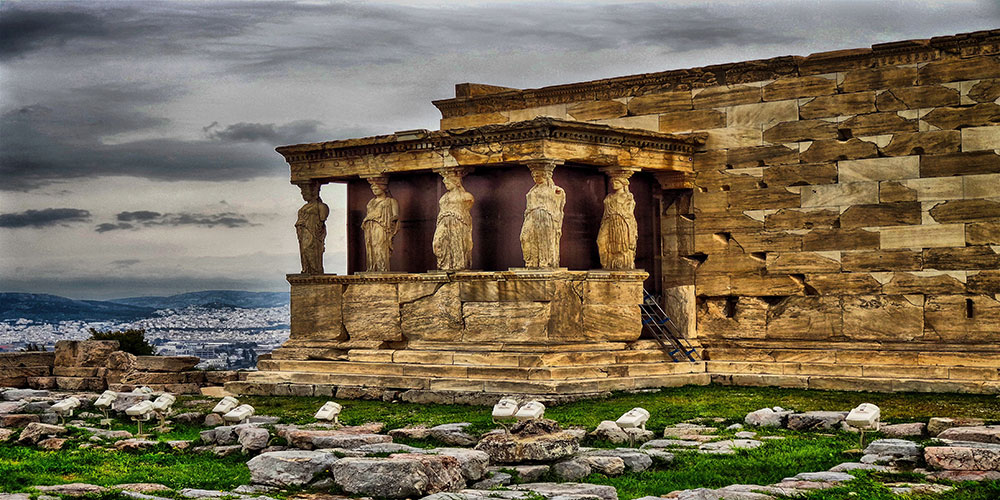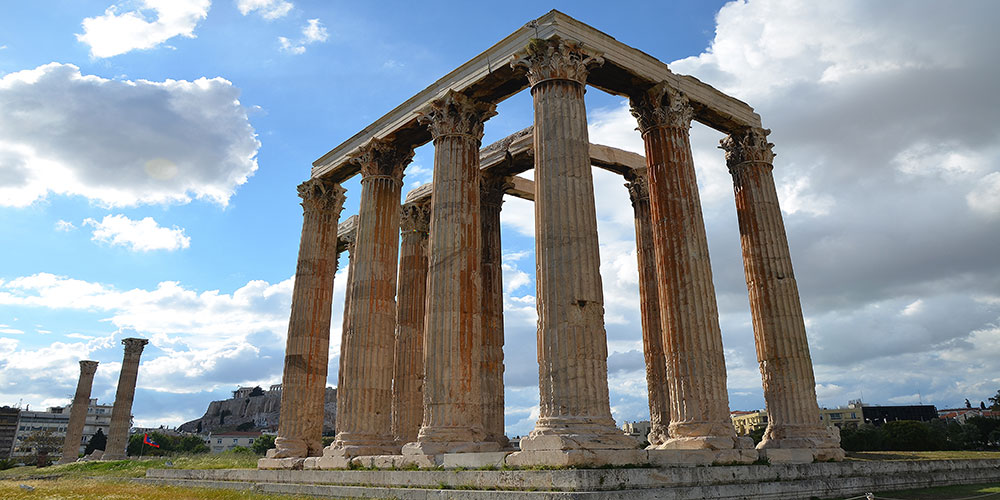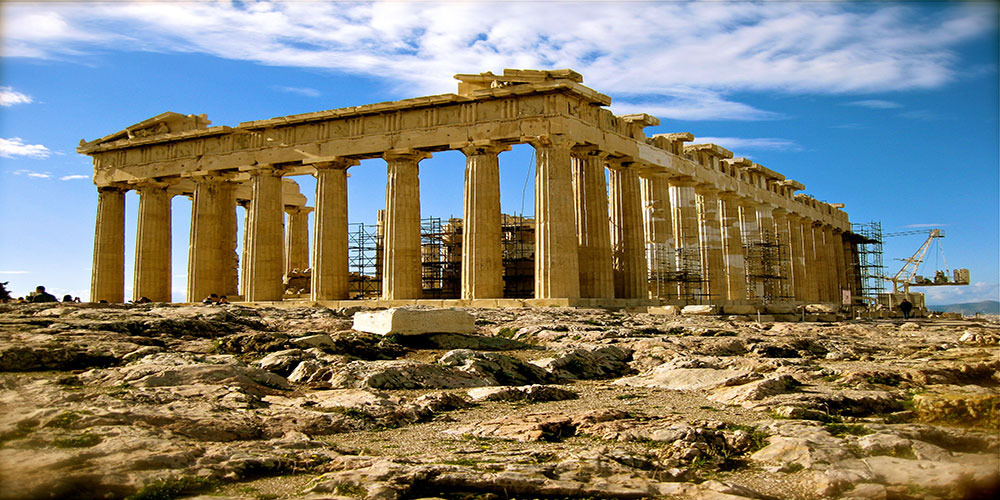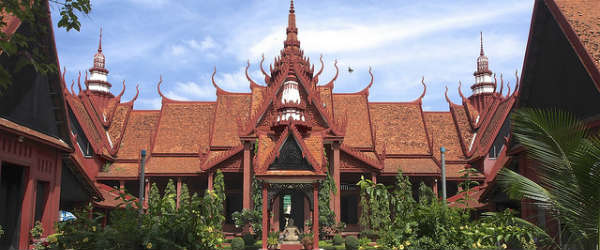Made up of the seven-oldest siblings of the 13-member Wolfgramm family, 13 Crowns' ages range from 12 (drummer Nora) to 21 (keyboardist Eve), ...
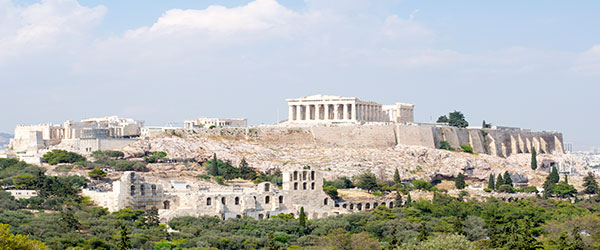
It’s a city that preserves its antiquity while embracing the edginess of the modern world. Athens is at the heart of a country with a troubled past and present but continues to move forward with its tourist industry rooted in many archaeological sites. These eight must see attractions below are a mere taste of what the incredible metropolis has to offer, leaving the itinerary wide open for all the other breathtaking sites around Athens.
1. Athens National Garden
This incredible oasis in the concrete jungle of Athens was once referred to as the royal garden in honor of Queen Amalia, who devoted three hours per day to tending to the lush greenery covering 24 hectares. The Athens National Garden contains an estimated 7,000 trees, as well as 40,000 bushes and plants. Accessible from seven entry points, the garden is most well known for its 25-meter tall Washingtonia palm trees that greet visitors entering from Vasilissis Amalias Avenue.
With benches sprinkled throughout the garden, visitors can soak up the Athenian sun, join the locals jogging on the designated pathways or leisurely stroll about. The garden also encompasses a library dating back to 1984, one of the country’s oldest greenhouses and a café. The adjacent courtyard of Zappeion Hall is often considered an extension of the Athens National Garden and features statues of prominent Greek figures. Sometimes overshadowed by the tourist attractions throughout Athens, the garden stands as one of the more peaceful spots in the heart of this historic city.
2. Syntagma Square
Considered to be the center of both Athens and the entire country of Greece, Syntagma Square is a witness to the greatest moments in Greek history. It was designed in the early 19th century as the Palace Square, later renamed Syntagma when King Otto granted a constitution to the people. The square houses the Parliament building, sometimes referred to as the Old Palace that once accommodated the king and queen of Greece.
Beneath the Parliament is the Monument of the Unknown Soldier guarded by evzones dressed in traditional Balkan attire. Tourists can witness the intricate changing of the guard ceremony every hour. Two staircases and an elevator at the top of the square lead directly to the newly constructed Syntagma Metro Station, complete with a museum of artifacts discovered during the build. Syntagma’s proximity to the attractions such as Athens National Garden, Hadrian’s Arch and the Acropolis makes it an ideal meeting point for visitors and locals alike.
3. Panathenaic Stadium
The Panathenaic Stadium is the only stadium in the world made entirely of marble from the nearby Mount Pendelli. Tracing back to the sixth century B.C., the stadium was originally the site of a racecourse that hosted the Panathaneic Games celebrated every four years in honor of Greek goddess Athena. By the fourth century B.C., Athenian statesman Lykourgos built an 850-foot long stadium with limited seating. When Herodes Atticus redesigned the stadium in A.D. 139, he incorporated minimal concrete and accommodated 50,000 spectators in the marble stands. After being forgotten for centuries, the site’s significance was eventually unearthed during archaeological excavation in the late 19th century.
The Greek government commissioned the refurbishment of the stadium prior to the 1986 Olympic Games, which welcomed an estimated 80,000 spectators. It has since become the venue for multiple festivals, the 2004 Summer Olympics and concerts by artists such as Bob Dylan, Black Sabbath and REM. For a €3 admittance fee, guests can explore the marbled stadium with taped recordings of its history and admire the captivating views of Athens from the very top.
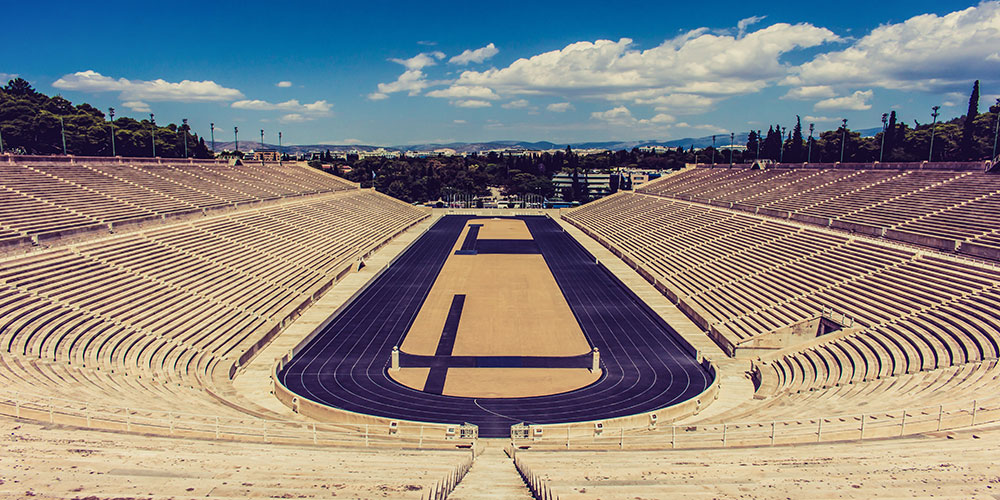 © BK
© BK
4. Temple of Poseidon
Beyond the suburbs of Athens and past the small villages by the beaches, Cape Sounion on the southern tip of the Attica peninsula is home to the Temple of Poseidon. Although the significance of Sounion is interlaced with the history of the Bronze Age, the existing temple dates back to the middle of the fifth century B.C. Perched on the edge of a mountain, the marble temple is thought to have been built on the foundation of an older temple and originally consisted of 34 Doric columns of which only 16 remain. The temple served as a source of solace for sailors, signaling close proximity to civilization.
The beauty of Sounion made its way into English poet Lord Byron’s poem, “The Isles of Greece.” He is rumored to have carved his name into one of the columns, leading many others to follow suit much to the dismay of Greek tourism authorities. Visitors can roam the ruins and search for Byron’s name anywhere from 8:30 in the morning to sunset for €4. With a few taverns just below the temple, tourists can extend their stay in Sounion with lunch and a quick swim.
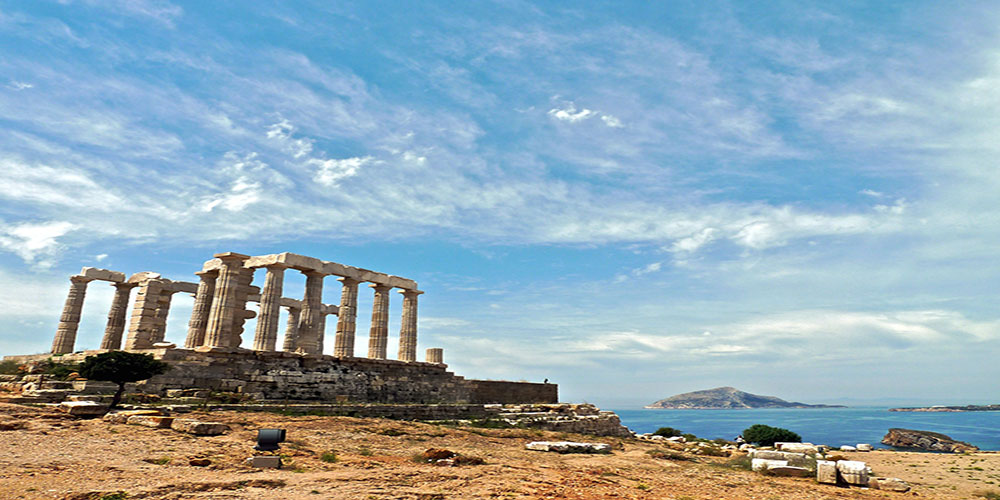 © S9-4pr
© S9-4pr
5. Hadrian’s Arch
The ornate, Corinthian styled 18-meter tall gate once stood as part of the wall that separated the old and new cities of Athens. Commissioned by Roman Emperor Hadrian, the inscription on the side of the arch facing the Acropolis reads, “This is Athens, the former city of Theseus.” The other side is carved with the words, “This is the city of Hadrian, and not of Theseus.” Hadrian’s Arch represents the boundary between ancient Greek Athens and the new Roman Athens. During his peaceful reign, Emperor Hadrian intended to make Athens a cultural capital and sponsored the construction of many monuments and temples. Resembling a Roman triumphal arch to some degree, Hadrian’s Arch is accessible throughout the day with free admission.
6. Temple of Athena Nike
The grandiosity of the other major temples on the Acropolis can overshadow the Ionic features of the smaller Temple of Athena Nike. With construction completed on the temple around 420 B.C., its prominence in ancient Greece grew significantly during the Peloponnesian War when citizens would pray to the goddess of war for victory against the Spartans. The architectural design of the temple features an incoherent story on its friezes, which depict different battles and various gods, goddesses and deities.
The temple remained untouched for centuries until the Turks demolished it in 1686 and used the stones to amplify their defenses. After Greek independence in 1834, the temple was reconstructed but only to be dismantled in the late 20th century in response to the structural issues. Its frieze was also removed and placed in the Acropolis Museum.
The entrance fee to the Acropolis is €20 and is reduced to €10 during offseason from November to March. Tourists planning to visit other popular sites in Athens in addition to the Acropolis might consider purchasing a multi-site ticket of €30 that would grant them access places such as the ancient Agora and Hadrian’s Library.
7. Temple of Olympian Zeus
The largest temple in Greece almost did not exist due to lack of funding. Peisistratos commenced construction during the sixth century B.C., envisioning it to become the greatest temple in the ancient world. While the Temple of Olympian Zeus did become a symbol of the ancient world, it did so because of Roman Emperor Hadrian who completed the project more than 700 years later in A.D. 131. Its fifteen minutes of fame in ancient Greek was short-lived, as a barbarian invasion in the third century left it fall into neglect. It became a quarry source for materials needed to complete projects after the fall of the Roman Empire.
The original structure included 104 17-meter tall Corinthian columns, of which only 15 remain. Its cella also contained two massive statues of Zeus and Hadrian himself, of which neither no longer exists. The fallen column was blown down during a powerful storm in 1852. Reachable via Hadrian’s Arch, the Temple of Olympian Zeus is open daily from 8:30 a.m. to 3:00 p.m. Entry tickets cost €6 for adults, €3 for students with identification and free admission for children.
8. Parthenon
The massive Parthenon that epitomizes the zenith of classic architectural style of ancient Greece is dedicated to Athena Parthenos, the goddess of power and prestige. This Doric temple is made completely from marble, apart from its wooden roof, and took an estimated 15 years to complete. Built on the foundation of previous temples dedicated to Athena, the Parthenon’s design included eight columns on either end and 17 on each side. Skillful architects experimented with concavity and convexity to achieve perfect form.
The building functioned as the new treasury of Athens and also the home of the towering chryselephantine statue of Athena. Completed by Pheidias around 439 B.C., the embodiment of Athena incorporated rich ivory and jewels, along with a golden dress. After its move to Constantinople in A.D. 426, the statue disappeared but not before it inspired a number of replicas that have influenced modern day remakes.
Pheidias also supervised the construction of other architectural sculptures, including the pediments, frieze and metopes. These intricate elements of the Parthenon were topped with gold leaves, depicting battle scenes, a marriage feast and the sacking of Troy. The ceiling of the Parthenon once matched the blue skies, dazzling with gilded stars. While much of the Parthenon is now in ruins, visitors can still revel in the awe-inspiring experiencing of standing before such an ancient building on the Acropolis.
— — —
Cover photo © Aleksandr Zykov
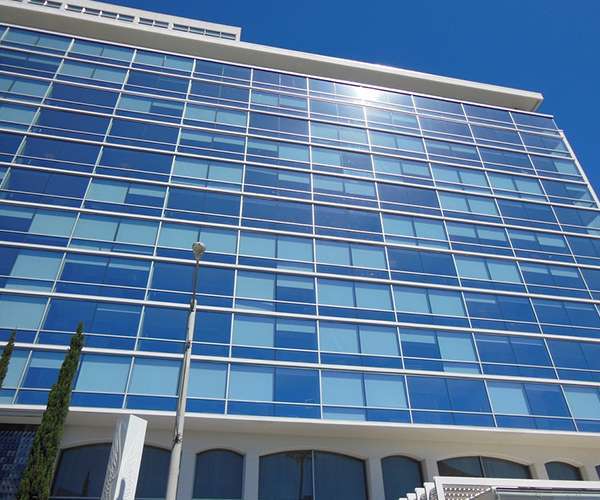

Embodying Hollywood, the Andaz property will give a true sense of the local culture and California atmosphere.




An award-winning AAA Four Diamond resort, this beachfront resort's all-suite accommodations will impress any traveler.
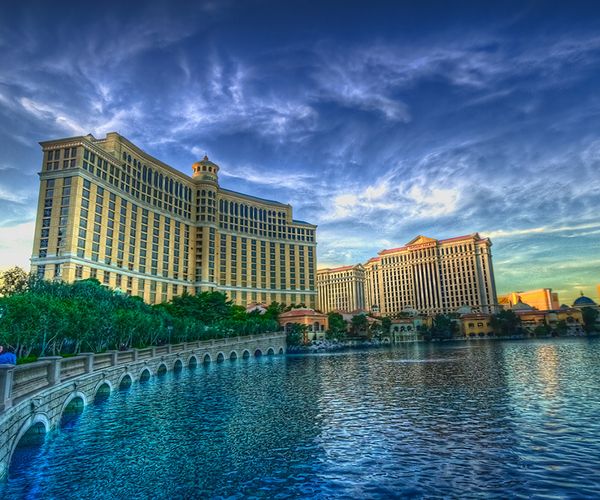

Lavish digs and delectable restaurants line this Vegas staple, and with nightlife in every direction, you can't go wrong staying here.






